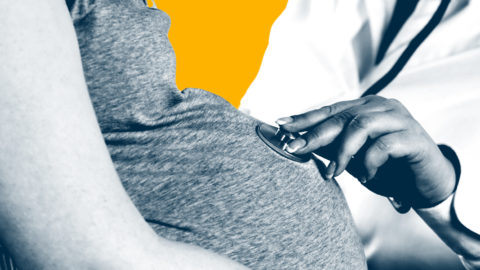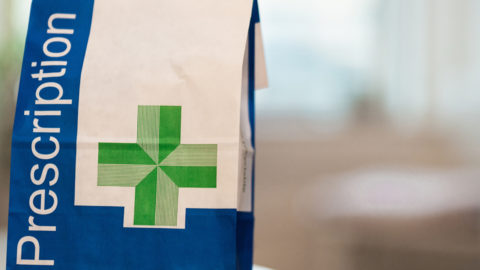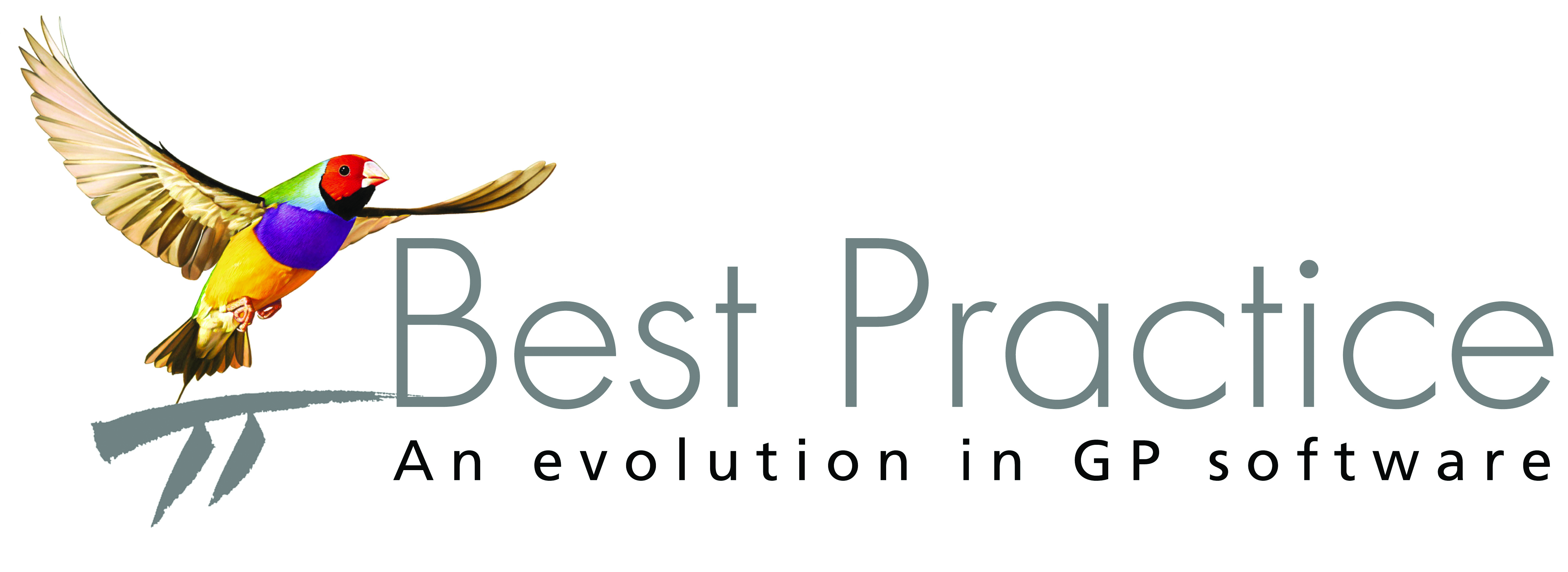Discharge summary versus clinical handover: language matters

This article is part of a monthly series from members of the GPs Down Under (GPDU) Facebook group, a not-for-profit GP community-led group with over 6000 members, that is based on GP-led learning, peer support and GP advocacy.
IN our earlier article we described the concept of “passing the baton” when talking about transfers of patient care. All patients come from their communities and to their communities they shall return. In this transition from tertiary hospital to primary care, they benefit from timely, safe, effective clinical handover as defined in the National Safety and Quality Health Service Standards.
In primary care, communication matters, perhaps more so than in tertiary care. Words matter. The language we use matters. It informs thought at conscious and subconscious levels and influences behaviour.
The words “discharge summary” evoke feelings of an administrative process at best, and various unsavoury processes at worst. The accidental discharge, the dishonourable discharge, and the smelly discharge all come to mind. The words “clinical handover” instantly sound more professional. They reflect the sort of interaction between clinicians of which we want to be part. Clinical handover is a term familiar to both clinicians and administrators. It is taught in medical schools around the country and practised between junior and senior doctors within our hospitals.
Transition of care is well known to be a time of maximum risk: “Adverse events are seen to increase particularly during a transition of care, when a patient is transferred between units, physicians and teams.”
Clinical handover is a recognised, evidence-based, structured and essential safety mechanism for minimising this risk. Remember, all patients come from their communities and to their communities they shall return. Their community doctor, their primary care physician, is their GP. Patients deserve the best clinical handover we can provide, whether transitioning into or out of our hospitals.
Junior doctors in hospitals presently perform the clear majority of clinical handovers to primary care, labelled as “discharge summaries”. According to the Discharge Summary – Literature Review, published by Queensland Health in May 2017 (not available online):
“Junior doctors perform the clear majority of discharge summaries:
-
Many interns have a flippant attitude to the completion of discharge summaries and have a low perception on the importance of a safe handover of care;
-
Most medical education programs provide minimal education on the completion of discharge summaries;
-
Most interns learn from each other with little input or guidance from registrars and consultants;
-
Interns tend to ‘lump’ discharge summaries together, often completing the summaries on patients they have never met.”
This frequently happens after the transition has occurred. To borrow from our legal friends, you cannot sell what you do not own. How then can you transfer the care of a patient you have never cared for?
Junior doctors report that they have limited supervision and lack templates or guides to help them produce a comprehensive and useful handover for community-based care whereas they receive a considerable amount of training for internal clinical handover.
Medical practitioners frequently use ISBAR (introduction, situation, background, assessment, recommendation) to guide clinical handover. A recent GPDU discussion highlighted that the Gold Coast University Hospital was moving to an ISBAR format for clinical handover to primary care. This was seen by many in GPDU to be a significant step in the right direction. ISBAR for the clinical handover to primary care aligns with hospital handovers and can only improve the transfer of care. Brewster and Waxman recently proposed amending ISBAR slightly to K-ISBAR by adding some kindness into the equation. Taking the opportunity to actively incorporate empathy and understanding into the primary care handover would be a great place to enhance collegiality across community and hospital teams.
When deciding who is tasked with a clinical handover within the hospital, it is unlikely that this would be handed to the most junior member of the team, and exceedingly unlikely that it would be delegated to someone who had never treated or met the patient. Within hospitals, it is expected that a clinical handover occurs at or before the time a patient’s care transitions to another team or provider. Why should this be any different for the clinical handover back to the GP?
In our first InSight+ article, we used the analogy of passing the baton. But what happens when the baton is dropped?
Dr Mandie Villis recently wrote a heartfelt plea for hospital doctors to inform GPs when patients passed away on their watch. Discussions around primary care clinical handover are now occurring around the country and pockets of significant improvement are being made. Momentum is building in regard to formally recognising and changing the language used from “discharge summary” to “clinical handover”. Several hospital and health services have, or are in, the process of implementing “same day” or “24-hour” clinical handover policies, and ultimately the best practice standard will be that this clinical handover occurs at the time of transition of care.
My Health Record (MHR) has been touted as a partial solution to the problems that have traditionally plagued clinical handover. It is important, however, to remember what MHR is and what it was created for. It is a repository of information for patients – a “shoebox” of documents akin to the jumble of receipts we burden accountants with at tax time. It is not, nor was it designed to be, a communication tool for clinicians. The baton transfer cannot occur within the MHR shoebox. It was not designed to replace current clinical record systems or current communication channels between clinicians. These limitations and precautions are outlined in the RACGP My Health Record guide for GPs:
“My Health Record is not designed as a substitute for direct communication between healthcare providers about a patient’s care, and should not be used in this manner. Healthcare providers must continue to communicate directly with other healthcare providers involved in the care of a patient through the usual channels, preferably through secure electronic communication.”
The Australian Digital Health Agency states:
“The My Health Record system supports the collection of Discharge Summary documents. When a healthcare provider creates a Discharge Summary document, it will be sent directly to the nominated primary healthcare provider, as per current practices. A copy may also be sent to the individual’s digital health record.”
Mission creep of MHR is real, with multiple reports on GPDU of GPs stumbling across clinically relevant information in MHR rather than receiving a timely clinical handover. Important clinical information is “pushed” into MHR and the receiving clinician is not “pulled” to it by any sort of notification. There is no handover without closing the communication loop. Health professionals and organisations must ensure that clinical handover occurs with the intended recipient at the time of care transition. A copy uploaded to MHR for the patient to access, as an archive, may serve as a safety net if all else fails, but should not be relied on as the only source of communication.
Hospital systems must support and value the safety delivered by effective clinical handover to primary care. This will reduce the readmission rates to hospital care and improve the care patients receive. Patient care and practitioner wellbeing should not continue to be compromised due to the hospital culture of a discharge summary being an administrative task undertaken by the most junior team member. The challenges of high administrative burdens, inadequate staffing and unpaid overtime all need addressing. Junior doctors should not be left alone grappling with piles of outstanding discharge summaries to complete on patients they have never met.
The patient journey can be tracked, important milestones bookmarked, and plans documented as they are formed so that when it’s time for a transition, the “baton” is ready. The need for handover cannot come as a surprise when the patient’s trajectory was plotted from the day they were admitted. Adequate clinical staffing levels with protected time for clinicians to prepare clinical handovers should be a key performance indicator in hospital care. Proactive strategies must be put in place to identify and document who will be receiving the clinical handover. The culture that prevails within many of our hospitals needs to change.
Safety and quality bodies, such as the Australian Commission on Safety and Quality in Health Carethrough its National Safety and Quality Health Service Standards, and the Australian Council on Healthcare Standards through its accreditation regime, can provide effective oversight. All clinicians must lead in continuous improvement in “best practice” for quality and safety in transition of care both into and out of our hospitals.
Let us recognise and applaud our hospitals and health services leading the way in acknowledging discharge summaries as the clinical handovers that they are. May 2019 bring us all closer to high quality, timely, safe and patient-centred clinical handovers.
Dr Katrina McLean is a Gold Coast-based GP, Assistant Professor in the School of Medicine and Health Sciences at Bond University, and a GPDU administrator.
Dr Michael Rice is past president of the Rural Doctors Association of Queensland, an educator of students and registrars, a long term resident and rural GP in Beaudesert. He’s a keen user of social media.
Dr Nick Tellis is passionate about great general practice. He’s a proud GP, beachside Adelaide practice owner, and new father. He blogs at www.partridgegp.com when not on GPs Down Under. He can be found on Twitter @partridgegp
The statements or opinions expressed in this article reflect the views of the authors and do not represent the official policy of the AMA, the MJA or InSight+ unless that is so stated.











